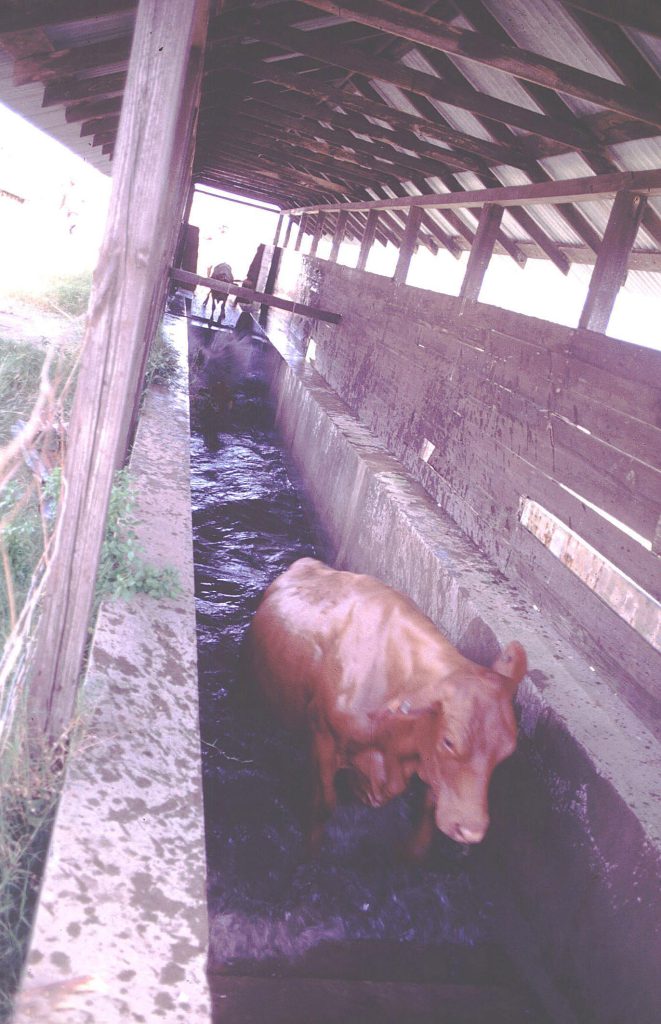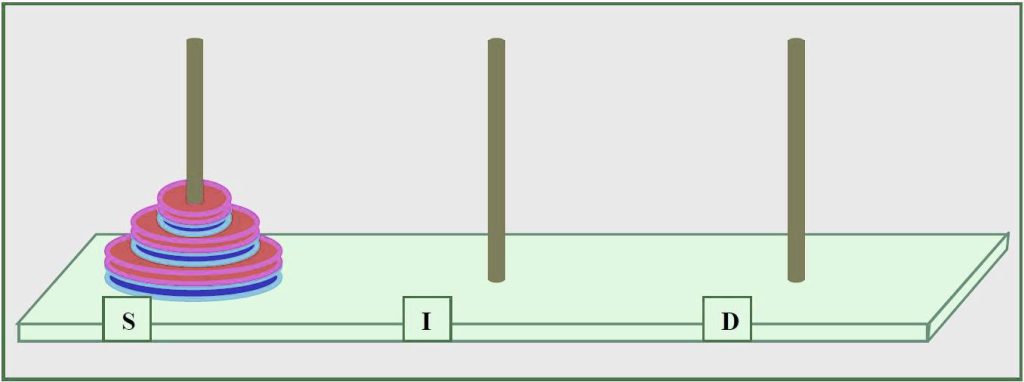The Epistemic Value of Imagination
by Eshaan Agrawal

The imagination is one of the most interesting yet least understood aspects of the mind. Philosophers and psychologists alike have created numerous theories on the purpose of the imagination and the scope of its usefulness. Philosophers have typically viewed the imagination as a lesser mental faculty that does not contribute to the creation of knowledge. This piece goes against historical precedence by exploring the power of the imagination and arguing for a theory of mind that utilizes the imagination in the creation of knowledge. Philosophers like Jean-Paul Sartre have created a large body of work defining the imagination and illustrating why its properties do not lend themselves to knowledge creation. Amy Kind uses examples of great imaginers like Nikola Tesla to counter many of Sartre’s claims and present a plausible model of the mind that uses the imagination as an essential mental faculty in creating knowledge. This paper uses Amy Kind’s philosophy as a starting point to show how the imagination must have a role in certain knowledge creation through a dialectical and phenomenological analysis of its properties. It compares Kind and Sartre’s conflicting arguments to create a more nuanced model of the mind that emphasizes the imagination’s central role in spatial problem solving.
Keywords: philosophy, epistemology, imagination, cognitive science, psychology, Amy Kind
Imagination has typically been viewed as a mental faculty that does not provide any epistemic value. As Brian O’Shaughnessy puts it, the imagination is “out of the cognitive circuit” or, in other words, it has no value in creating knowledge (O’Shaughnessy, 2000). Amy Kind refers to this claim as the charge of epistemic irrelevance (CEI). In “How Imagination Gives Rise To Knowledge,” Kind argues against CEI and works to explain how, in certain cases, the imagination can provide justification for beliefs. In this paper, I will explain Kind’s argument against the CEI and then provide a critique of her argument based on the voluntary nature of the imagination. Finally, I will provide a nuanced version of Kind’s argument which responds to my critique and more accurately represents the epistemic value of the imagination. But first, to give added context to Kind’s argument, I will fully explain what CEI entails.
On the surface, the claim that the imagination does not give rise to knowledge may seem completely incorrect and easy to disprove using a counterexample. For example, to recall the number of windows in a childhood bedroom, we call upon our imagination to recreate the room in our minds and count the windows. But, in examples like this, the imagination does not provide the justification for our new belief of the number of windows; our memory does. To figure out the number of windows—and justify our belief, we use our memory to visualize a past perception which is what the imagining is based off of. Proponents of CEI are focused on the capacity for justification that imagination lacks in this example. They deny that the imagination has a role in leading to and justifying any new knowledge in this scenario or any other. Therefore, in an effective counterexample to CEI, the imagination must provide the justification of a new belief and not memory or any other mental faculty.
The majority of philosophical work on CEI comes from Sartre and Wittgenstein, who argue that certain features of the imagination prevent it from contributing to our understanding of the world. Their claims can be synthesized into three central claims about the imagination:
- Imagination is voluntary: As Wittgenstein says, “It is just because imagining is subject to the will that it does not instruct us about the external world.” The argument behind this claim is that, because all imaginations come from the subject’s mind and not the world, imaginings do not take into account the constraints of reality. The subject either substitutes their own will or a “subjective reality” for actual reality, and this lack of grounding in reality renders imaginings cognitively void. (Wittgenstein, 1980)
- Imagination is not world-sensitive: Unlike perception and belief, imagination is not sensitive to the world. By nature, beliefs are truth seeking. We would not hold a belief that we know not to be true about the world. In contrast, imaginings are not truth seeking because they tend to differ greatly from the world. This is taken to mean they cannot justify truth-seeking beliefs about the world.
- Imagination is uninformative: Sartre claims that “nothing new can be learned from an imagining that is not already known.” (Sartre, 1948) This is based on the belief that the contents of an imagining contain only knowledge that the subject put into the imagining. Therefore, everything in the imagining is already known and cannot teach the subject anything new.
Now that the opposition to Kind’s claim is clear, I will explain her argument for how imagination can be epistemically valuable by utilizing one of her examples of extraordinary imaginers. I will then use that example to rebut the three central CEI claims.
Temple Grandin is an inventor who has revolutionized livestock handling facilities. Growing up, Grandin had incredible visualization skills and said she thinks in pictures, with words being a second language to her. These visualization skills help her with designing solutions; she says that “visual thinking has enabled me [Grandin] to build entire systems in my head.” She even said that she has no need for three-dimensional computer simulations because she can do it “better and faster” in her imagination (Grandin, 1995). She used her imaginative simulation technique to design a new and radically different dip vat–a structure that is used to treat cows with a chemical solution to prevent ticks and parasites–that reduced their panic when entering and exiting.
Figure 1. A rudimentary dip-vat that Grandin improved on. Attribution: “Cattle passing through dipbath” by Alan R Walker is licensed under CC BY-SA 3.0.
She did this by simulating the design in her head and modifying it repeatedly until she was confident it would work. She said she knew that it would be effective even before she saw it in action because of her confidence in her imagined simulations.
The story about Grandin clearly shows how she used her imagination to justify beliefs about the dip vat, like the belief that it will work correctly and will be more effective than preexisting dip vats. Proponents of CEI have two arguments available to them. They could say (1) that her beliefs are not justified or (2) that her imagination is not what justified her beliefs, but Kind provides rebuttals to both.
To address argument 1, imagine that a farmer sees a video of Grandin’s new dip vat in action. This surely would justify the belief that it works. Now imagine the farmer sees a high definition computer simulation that perfectly shows the dip vat working; this too would surely justify the same belief. After all, computer simulations are used to test hypotheses and provide answers in most scientific disciplines. If a simulation on a computer can justify beliefs then why cannot we justify beliefs by running simulations in our imagination? It seems logical that if we set the same parameters as the computer simulation in our imagination and imagine what would happen, we would learn something just like we do by running simulations on a computer. Thus, Grandin’s beliefs are clearly justified.
To address argument 2, we can turn to the computer simulation example again. If the imaginative simulation is not providing epistemic value to Grandin, then the computer simulation would provide no epistemic value to the farmer trying to understand Grandin’s dip vat. This does not make sense as it is easy to understand how computer simulations do epistemic work in helping us understand scenarios; thus this argument also fails.
Next, I will detail how the above examples can also be used to rebut the three original claims made by proponents of CEI as mentioned at the top of the paper.
- The example of Temple Grandin directly addresses the first claim. When imagining the dip vat, Grandin was imagining the scenario within the constraints of reality and thus was able to develop understanding based on the simulation. It may seem hard to believe that anyone can perfectly recreate the real world in their imagination, but the imagination can still justify beliefs about the real world without replicating every part of it in the imaginative simulation. For example, when players imagine scenarios in a chess game in order to pick their next moves, only the constraints of the game of chess must be included for the imaginative simulation to provide epistemic value. It is not necessary to imagine reality constraints like gravity or friction.
- The second claim makes the false equivalency between the imagination not being world-sensitive and truth seeking by nature and that it can never be world-sensitive and truth seeking. An act of imagination can still be truth seeking like in the case of Grandin, where she was using her imagination to simulate her dip vat design to understand how cows in real life would react to it. Her success in this innovation is a testament to how the imagination does have the capacity to be truth seeking and world-sensitive.
- The third claim, that the imagination is uninformative because it only contains what you put in, is untrue. A computer simulation also only takes in what the coder inputs, and yet when the computer runs the simulation, it provides viewers with new information. Imaginative simulations have that same ability to generate information about the world, even though the subject already fully understands the constraints and input entered into the simulation.
In summation, Kind has shown that the imagination’s voluntary nature and lack of world-sensitivity does not hamper its epistemic relevance. Furthermore, she shows that the claim that the imagination is uninformative is false. Through the Temple Grandin example, we can easily see how the imagination can provide epistemic value. Therefore, Kind shows the charge of epistemic irrelevance against the imagination fails. I do not believe Kind’s argument fully disproves the charge of epistemic relevance because of an insufficient rebuttal of its first claim based on the voluntary nature of the imagination. In this next section of the paper, I will critique Kind’s argument and then build upon it to rebut this critique. Kind’s rebuttal to the first claim is essentially that Temple Grandin uses the constraints of reality in her imaginative simulation of the dip vat and therefore she is able to justify that it works. However, I argue that Grandin’s belief that the dip vat works is not justified by the imagination because she has no guarantee that she is taking into account all of the constraints of reality in her imagination. Since the imagination is voluntary, the imaginer (in this case, Grandin) is responsible for importing the constraints of reality into her imagination, but the imaginer is also the sole judge of those constraints. The set of constraints imported into the imagination are not justified by the real world but only by what the imaginer thinks about the real world. There may be some fact that Grandin does not know about cows and about how they will react to some part of her dip vat. She has no way of guaranteeing that she knows all the theoretical information necessary to construct an imaginative simulation that will accurately represent reality. Without this guarantee, her belief is not fully justified until she tests the dip vat in real life. Thus, her imagination is not about to justify her belief.
In addition to her Temple Grandin example, Kind also uses Nikola Tesla as an example of how the imagination gives rise to knowledge. We may also use this example to illustrate this critique. Kind details how Tesla was able to perform complex imaginative simulations to test his ideas for inventions and ensure that they worked. Tesla says, “Before I put a sketch on paper, the whole idea is worked out mentally. In my mind, I change the construction, make improvements, and even operate the device” (Wisehart, 1921). Tesla was able to test many inventions in his imagination, but I still claim that his imagination did not truly justify his belief in the invention until he tested it in real life. This is because many of his imagined simulations worked, but some also failed. For example, in 1886, Tesla imagined and attempted to create a thermo-magnetic generator. It was based on the Curie Temperature phenomenon, where rapidly heating and cooling magnetized iron would create an alternating force. However, this invention did not succeed because Tesla failed to account for the real world constraint of how rapidly it is possible to heat/cool iron (Cookfair, 2021). This demonstrates how Tesla’s imaginative simulation did not have the guarantee that it contained all the necessary constraints and is therefore unreliable. As for Grandin, the imagination played a crucial role for Tesla in developing his inventions, but it only created possibilities for an invention that could work and did not justify/guarantee that the invention would work. Thus, neither of these examples demonstrate the imagination’s justificatory value and do not effectively counter CEI.
While this critique may seem strong, the Towers of Hanoi (pictured below) serves as a rebuttal. The goal of the puzzle is to move all three disks from the first pole to the third pole, but you can only move one disk at a time and can never place a larger disk on a smaller disk.
Figure 2. Diagram of the Towers of Hanoi. Attribution: “Towers of Hanoi three-disk” by Uri Levy is licensed under CC BY-SA 3.0.
If you have never seen this puzzle before, you may be unsure that it is possible to solve or how to solve it. To learn the answer to these questions, one can imagine the game in your head and simulate potential solutions. For example, one can imagine moving the small disk to pole three, then the medium disk to pole two, then the small disk to pole two, then the big disk to pole three, then the small disk to pole one, then the medium disk to pole three, and finally the small disk to pole three. This imaginative simulation clearly justifies the belief that this game is possible to solve and provides knowledge of an algorithm to solve it. But what makes this example different from the examples of Tesla and Grandin? In the Towers of Hanoi simulation, a set number of constraints are given to the puzzler, who has a guarantee that all constraints are available to the imagination. In contrast, the Tesla and Grandin examples both dealt with imaginative simulations that required theoretical knowledge which creates a situation with an unknown amount of constraints. Even a computer would be unable to create a simulation that could provide epistemic value in testing Grandin’s dip vats and Tesla’s machines because it would be impossible to know and encode all the potential constraints in the natural world.
To conclude, the critique of Kind’s argument shows us that in imaginative simulations that require theoretical knowledge, there is no way of knowing the entire set of constraints needed for the simulation. Thus, imagination cannot justify beliefs. However, Kind’s goal is to disprove CEI which only requires one example of how the imagination can provide epistemic value. Through the Towers of Hanoi example, we show that the imagination can justify beliefs and provide us with epistemic value in situations where the constraints needed by the imaginative simulation are clearly defined. Therefore, the charge of epistemic irrelevance against the imagination fails.
Works Cited
Cookfair, Arthur S. “Tesla’s Thermomagnetic Motor.” Tesla Universe, 15 Nov. 2019, https://teslauniverse.com/build/plans/teslas-thermomagnetic-motor.
Grandin, Temple, and Oliver Sacks. Thinking in Pictures: And Other Reports from My Life with Autism. Vintage Books, 2020.
Kind, Amy. “How Imagination Gives Rise to Knowledge.” Oxford Scholarship Online, 2018, https://doi.org/10.1093/oso/9780198717881.003.0011.
O’Shaughnessy, Brian. Consciousness and the World. Oxford University Press, 2008.
Sartre, Jean-Paul. The Psychology of Imagination. Translated by Bernard Frechtman, Washington Square Press, 1968.
Wisehart, M K. “Making Your Imagination Work for You.” American Magazine, Apr. 1921.
Wittgenstein, Ludwig. Remarks on the Philosophy of Psychology. Translated by C J Luckhardt and Maximilian A.E. Aue, University of Chicago Press, 1988.
Acknowledgements: Thank you to Dr. Jagnow, who mentored me in philosophy of the imagination and provided feedback when writing this piece.
Citation Style: MLA

